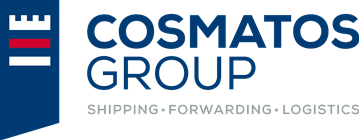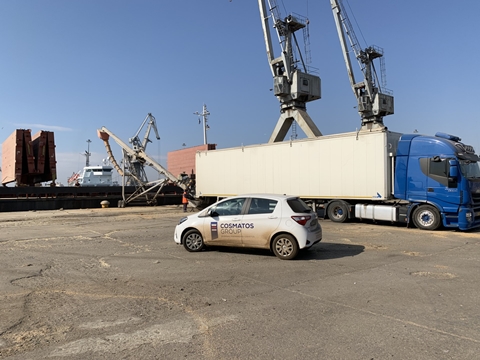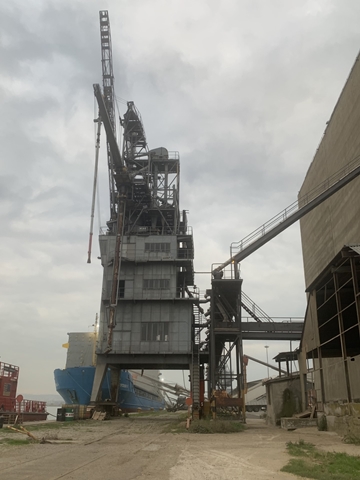Wheat is one of the top produced cereals in the world and also one of the most difficult and dangerous to transport.
The three major dry bulk cargoes are iron ore, coal, and grains. Specifically, grain is the third major cargo in terms of seaborne trade out of which about 74% refers to wheat.
We will try to cover important topics such as vessel requirements and cargo handling guidelines for wheat.
Vessel specifications
- SOLAS regulation VI Part C (Regulation 9) (Requirements for cargo ships carrying grain) states that a cargo ship carrying grain must hold a Document of Authorization as required by the International Grain Code. Without this certificate, the vessel will be refused entry into port to load cargo.
- For better stowage and trimming of cargo on board, single hold and box type vessels are preferred.
Cargo handling guidelines and key points at operational stages
Before vessel fixture
- Owners must check charterers’ background and charterers must check last fixtures of the vessel and if any claims had arisen.
- It must be clearly stipulated who has the liability for holds’ fumigation and sealing, as well the issuance of necessary certification.
Vessel
- Vessel and holds must meet the requirements as stated in the Grain Code.
- The hatch covers are to be in weather-tight condition.
- Necessary hatch cover sealing materials are to be carried on board (e.g. foam), in case they need to be used to prevent water influx to the cargo holds during voyage. *
Before loading
- Before loading, the holds must be examined for potential defects such as rust, insect infestation, oil sludge, and water traces. The holds must be substantially clean, dry, and ready to receive grain before the loading can begin. Almost all chartering contracts have clauses for vessel inspection before loading.
- Holds must be cleaned, disinfected, and properly ventilated. The holds must be “Grain Clean”. Details of at least the three previous cargoes carries on board will be required. Before loading, holds must be examined by an independent inspector for pest infestation and a relevant certificate will be issued. It is also very important to separate different types of grains if they are carried in the same vessel. All hatches, as well as any hold space not to be used, need to be sealed, so that cargo cannot escape.
- Obtain from the shipper all necessary cargo information / instruction of carriage by sea, including wheat’s moisture content and stowage factor.
- Initial draft survey must be carried out before loading unless scale weight is previously agreed.
During loading
- Loading on board is performed either by mechanic (photo a) or pneumatic (photo b) ship loaders.
- It is strongly recommended that the weather is monitored for rain, heavy wind etc.
- The inspector periodically examines collected samples to check for insects and overall quality.
- In case of any issue a surveyor is called for assistance, if necessary.
- Because grain cargoes are liable to shift, emphasis is given on the stability of the ship and the proper trim of the cargo in the holds. Cargo must be trimmed to the boundaries of the cargo space, so that the angle of the surface of the cargo with horizontal plane does not exceed 25 degrees.
After loading
- A draft survey is conducted to determine quantity on board.
- Hatches are properly sealed.
- Issuance of fumigation certificate / all needed documents for the next port.
- Issuance of B/L in conformity with M/R to protect carriers in case of discrepancies in quantity, damage, shortage, contamination etc.
- Final state of stability, as well as cargo securing according to Grain Code are calculated.
During voyage
- Fumigation instructions are strictly followed, including the Space Entry Procedure.
- Cargo temperature and humidity are regularly checked.
- Cargo holds are properly ventilated, and measures are taken to prevent over-heating of the fuel oil tanks next to the cargo spaces.
Discharge
- Always be careful when entering holds due to increased CO2 and decreased O2 levels.
- No discharge operations during bad weather. In case cargo receivers insist, demand an LOI from them.
- Monitor the ballasting operation during the discharge operation to avoid water influx.
Top 5 exporters: Canada, USA, Australia, France, Russia
Top 5 importers: Italy, Algeria, Egypt, Indonesia, Japan






